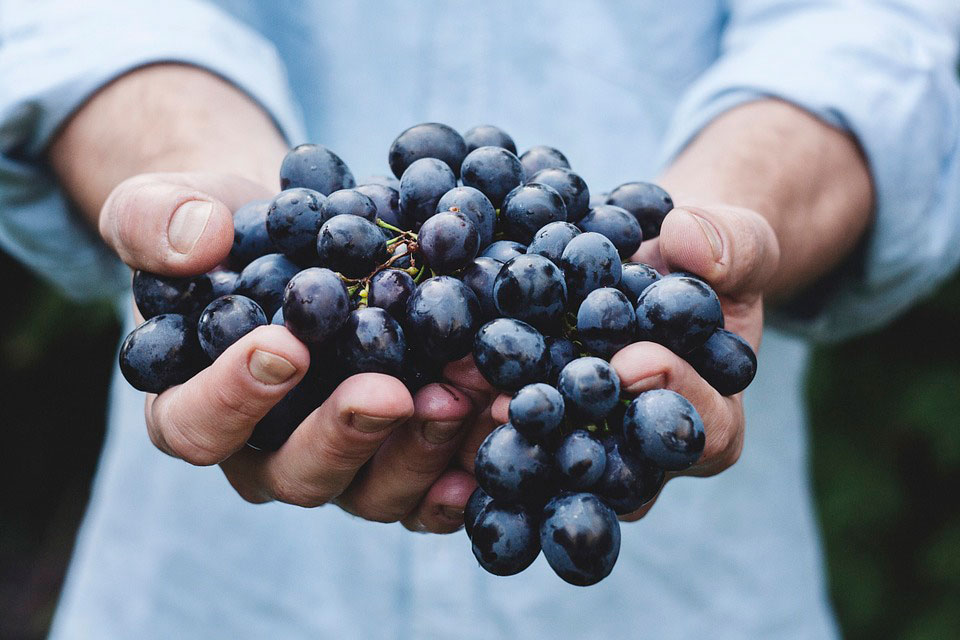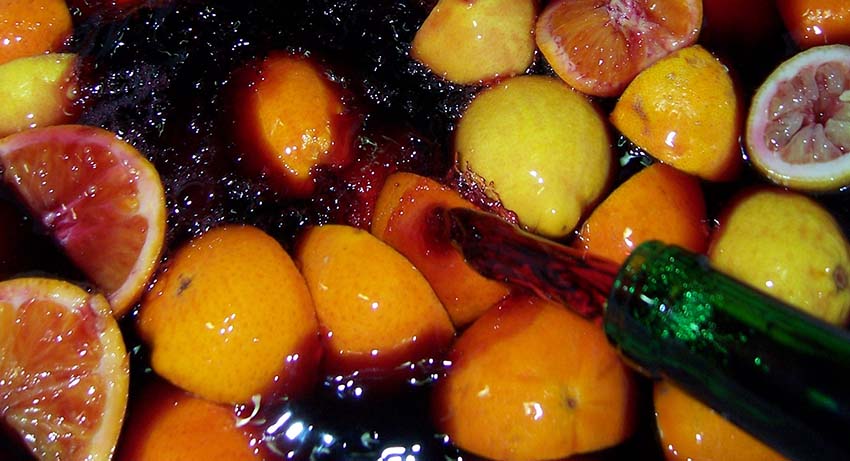Basque ethnography at a glance
In the traditional Navarrese society where scarcity forced the appropriate use of the existing resources, wine proved extremely valuable in a wide variety of ways. It had above all a stimulating effect on the daily life of a people subjected to the pressures of physical labour. Field workers, for instance, never tasted water and enjoyed instead the benefits of wine. On a hot, sunny day of August in the fields of Nekeas in Obanos, the word is out, somebody had no choice but to drink water from a source, for his wineskin was empty, and ended up… with an upset stomach.
Now that it is grape harvest time we shall remember the diverse uses of wine in its multiple forms.
Wine was certainly nutritious and invigorating. Moonshine (usual or patharra) distilled and derived from the pressing of grape scrapes accompanied by bread toast with garlic, olive and salt, constituted the first meal of the day for country people at the crack of dawn. A refreshing drink known as zurracapote helped celebrate village festivities (mezetas) in good harmony. It was a wine-based beverage with the addition of various fruits, mainly peach, macerated in it along with liquors, sugar and spices. A few drinks of it in the meeting venues (piperos) ensured the lads had the necessary energy to get through the intense and jolly days. Aged wine with cookies “of the dead” caused a similar effect over those who gathered in the deceased’s house after the funerals, thus enhancing their mood.
The juice of the grapes was boiled until reduced to syrup and mixed with flour to thicken it up. Finely cut orange or lemon peel together with dried figs, hazelnuts or walnuts were added to this mixture called arrope. Returned to boil, it resulted in a hearty jam or mostillo to be spread on the afternoon bread snack of kids (muetes), a wholesome superfood —the equivalent to chocolate spread, we might say— for generations.
In the Middle Ages wine even served to pay tribute, and in years of great plenty, is said to have come to substitute water to bind mortar for the construction of buildings, the church tower of Mendigorria being an example.
Wine could not be missing in rituals, particularly at funeral offerings in mountain villages, such as Azpirotz or Uitzi, where three litres and a sheep were offered to the parish clergy as part of the rite. The animal was kept in the porch of the church until the offertory, at which time the celebrant was presented with it. Later the officiating priest was given either its value in cash or the animal itself for consumption. In the latter case, the wine would well serve to wash down such an appetising bite.
A festive event takes place on the Thursday of Easter Week in Obanos. Local hunters treat villagers to sandwiches and sweetmeat, and everybody drinks with delight the water and wine poured through the remains of the local saint’s skull, William of Aquitaine, as protection against head and throat pain, whereupon the priest proceeds to bless the fields with the reliquary.
Francisco Javier Zubiaur – Etniker Navarre – Etniker Euskalerria Groups
Translated by Jaione Bilbao – Language Department – Labayru Fundazioa
References for further information: Family Diet and Agriculture, the forthcoming volume of the Ethnographic Atlas of the Basque Country collection.



